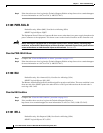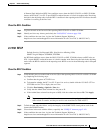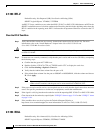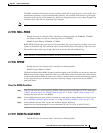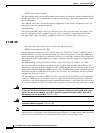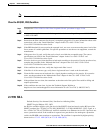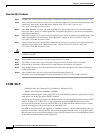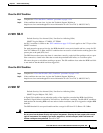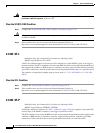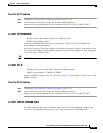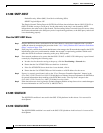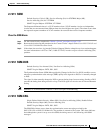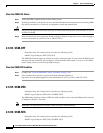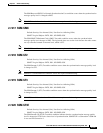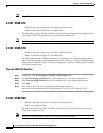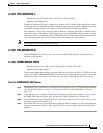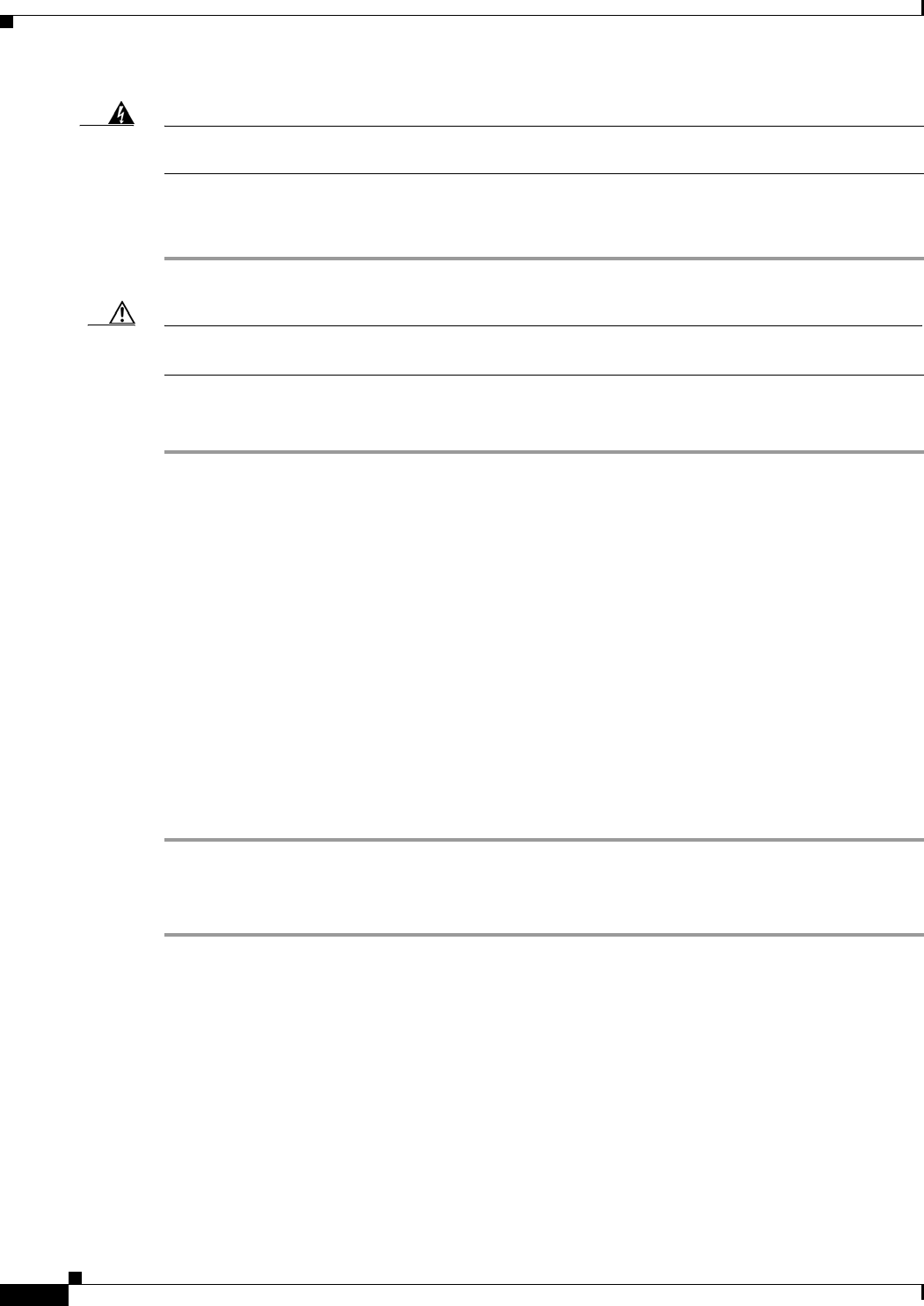
2-126
Cisco ONS 15310-CL and Cisco ONS 15310-MA Troubleshooting Guide, R7.0
Chapter 2 Alarm Troubleshooting
2.7.203 SF-L
Warning
Use of controls, adjustments, or performing procedures other than those specified could result in
hazardous radiation exposure.
Statement 1057
Clear the SF (DS1, DS3) Condition
Step 1 Complete the “Clear the SD (DS1, DS3) Condition” procedure on page 2-123.
Caution Always use the supplied electrostatic discharge wristband when working with a powered ONS 15310-CL
or ONS 15310-MA.
Step 2 If the condition does not clear, log into the Technical Support Website at
http://www.cisco.com/techsupport for more information or call Cisco TAC (1-800-553-2447).
2.7.203 SF-L
Default Severity: Not Alarmed (NA), Non-Service-Affecting (NSA)
SONET Logical Objects: EC1, OCN
An SF Line condition applies to the line layer B2 overhead byte of the SONET signal. It can trigger a
protection switch. The SF-L condition clears when the BER level falls to one-tenth of the threshold level
that triggered the condition. A BER increase is sometimes caused by a physical fiber problem, including
a poor fiber connection, a bend in the fiber that exceeds the permitted bend radius, or a bad fiber splice.
The condition is superseded by higher-priority alarms such as 2.7.135 LOF (OCN) or 2.7.150 LOS
(OCN).
Clear the SF-L Condition
Step 1 Complete the “Clear the SD-L Condition” procedure on page 2-124.
Step 2 If the condition does not clear, log into the Technical Support Website at
http://www.cisco.com/techsupport for more information or call Cisco TAC (1-800-553-2447).
2.7.204 SF-P
Default Severity: Not Alarmed (NA), Non-Service-Affecting (NSA)
SONET Logical Objects: STSMON, STSTRM
An SF Path condition is similar to an “SF-L” condition on page 2-126, but it applies to the path (STS)
layer B3 byte of the SONET overhead. It can trigger a protection switch.
The SF-P condition clears when the BER level falls to one-tenth of the threshold level that triggered the
condition. A BER increase is sometimes caused by a physical fiber problem, including a poor fiber
connection, a bend in the fiber that exceeds the permitted bend radius, or a bad fiber splice.



